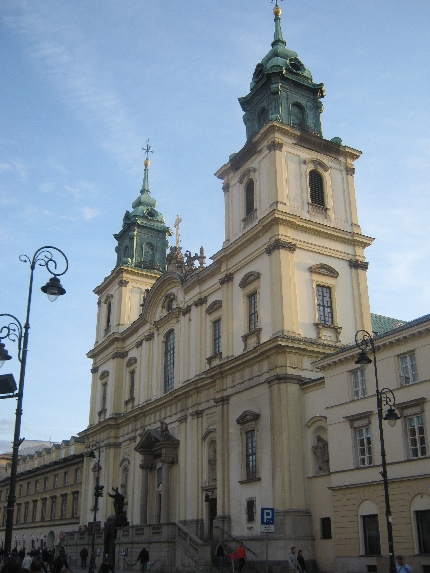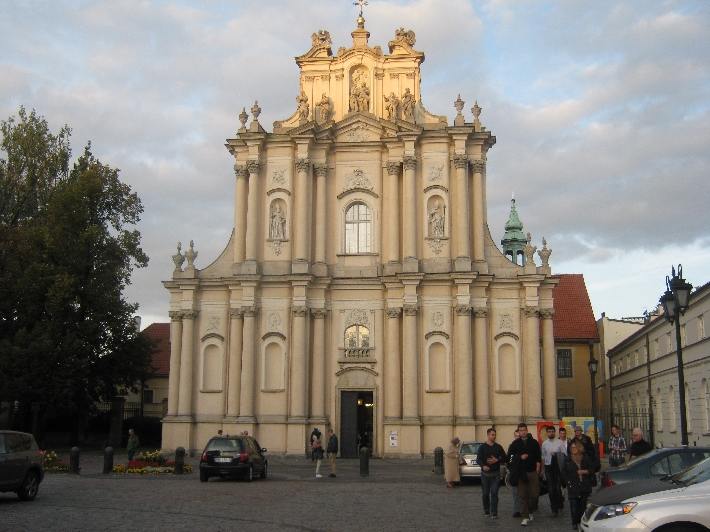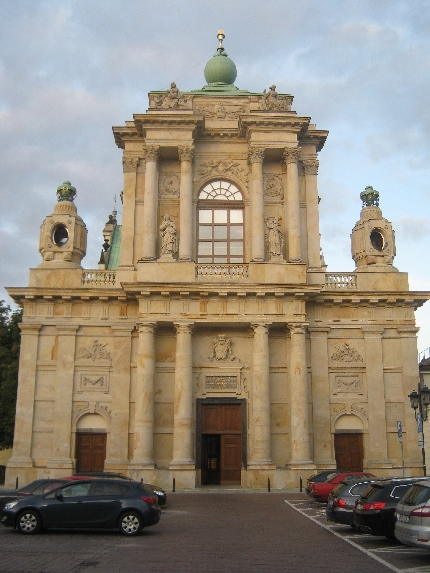
Today is Armistice Day, marking the signing of the armistice, ninety-eight years ago, which brought an end to the First World War at the eleventh hour of the eleventh day of the eleventh month. In the USA, it is known as Veterans Day and is kept as a public holiday.
During the First World War, what is now the Czech Republic was still part of the Austro-Hungarian Empire which, together with Germany and the Ottoman Empire, formed the eventually defeated Central Powers. The Czechs were a subjugated people, increasingly seeking much greater autonomy or self-rule. As I explained in my previous post, two weeks before the official end of WW1, the independent new nation state of Czechoslovakia was proclaimed.
Yet despite the rise of Czech nationalism, many Czech people fought and died for an Empire that they didn’t really believe in. In many towns and cities across the country, there are memorials such as this one in Zbraslav, to those who gave their lives in the First World War.
Today is also St Martin’s Day, the Feast Day of St. Martin of Tours. As a fourth century Roman soldier, Martin is said to have cut his military cloak in two and given one half to a scantily clad beggar outside the city of Amiens, to protect him from the freezing weather. Later, after leaving the army, Martin became a monk and hermit, before being made Bishop of Tours in 371.
Here in the Czech Republic, there are numerous traditions associated with St Martin’s Day. There is a Czech saying, ‘Martin prijíždí na bílém koni‘ – ‘Martin is coming on a white horse’, indicating that today is when the first snowfall can be expected. This year in the Czech Republic, Martin came quite early with the first snowfall on the higher mountains some two weeks ago. Even here in Prague, we had our first dusting of snow, twenty-four hours before St. Martin’s Eve.

Many restaurants offer a St Martin’s special menu which always features roast goose. According to tradition, the association of a goose with St Martin is because he was so reluctant to be ordained a bishop, that he hid in a goose pen, only for his hiding place to be given away, by the cackling of the geese.
The appropriate accompaniment to St Martin’s goose is Svatomartinské vino, a young wine from the recent harvest. This is produced in the vineyards of South Moravia and always becomes available for the first time on 11th November each year. In more recent times it has been marketed in a big way in a similar manner to Beaujolais nouveau.
All that I describe here are examples of the keeping of traditions which are Christian in origin by a now rather irreligious Czech population. The Epiphany door-marking illustrated at the end of this post and referred to in following comments falls into the same category.













